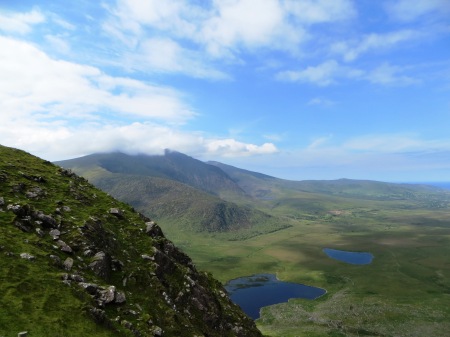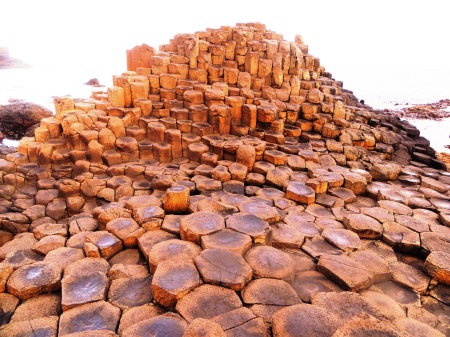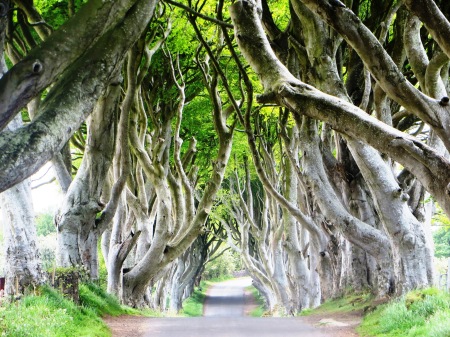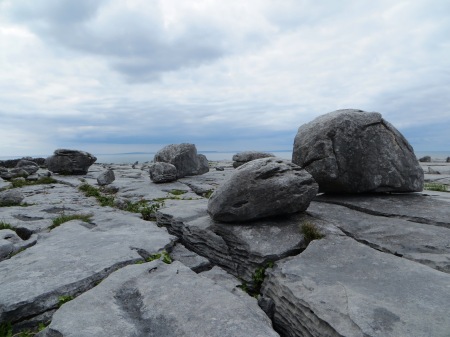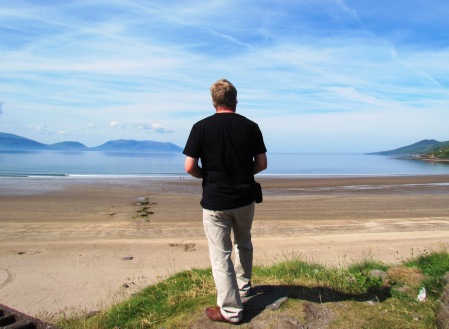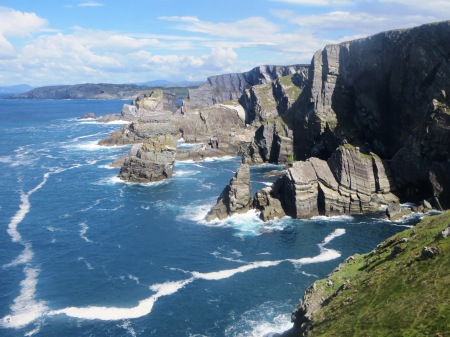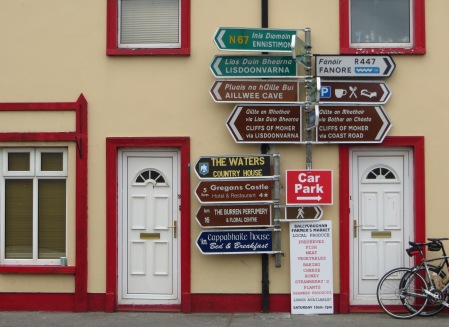Yesterday I told you about my visit to the Titanic Experience Museum in Belfast. Two years later I visited another Titanic Museum in Cobh near Cork in Southern Ireland.
“I cannot imagine any condition which would cause a ship to founder. I cannot conceive of any vital disaster happening to this vessel. Modern shipbuilding has gone beyond that.” – Captain Edward Smith
“You could actually walk miles along the decks and passages covering different ground all the time. I was thoroughly familiar with pretty well every type of ship afloat but it took me 14 days before I could, with confidence, find my way from one part of that ship to another.” – Charles Lightoller, Titanic Officer.
The Titanic Experience in Cobh is a small museum housed in the old White Star Line booking office and embarkation jetty. We were keen to do this because in the previous year we had visited the Titanic museum and exhibition in Belfast and we were interested to see how this compared.
It is much smaller of course and instead of rides and reconstructions this is a virtual reality tour which was easily worth the cost of admission but couldn’t possibly compare with Belfast.
Everyone knows the story of the RMS Titanic. When it was launched in 1912 it was the largest ship ever built. It was the biggest thing ever built that moved. It weighed sixty thousand tonnes (modern passenger liners are about three times bigger) and its two thousand one inch thick steel hull plates were held together with three million rivets. It was proudly proclaimed as the safest ship ever built.
It might have been considered unsinkable but on its maiden voyage the unthinkable happened and it sunk after colliding with an unyielding iceberg in the North Atlantic and one thing that became absolutely clear was that Captain Edward Smith was completely hopeless at making maritime predictions.
As it turns out, he may not have been much of a sailor either. In January 1889 approaching New York on her final White Star sailing, he managed to run RMS Republic aground. In 1890 he ran the White Star RMS Coptic aground in Rio De Janeiro and in 1909 he ran another White Star liner, the RMS Adriatic, aground also in New York.
In 1911 as Captain of the White Star ship RMS Olympic he nearly crushed a tug in New York harbour and on the only voyage of the Titanic there was a near collision in Southampton with a steamer which by strange coincidence just happened to be called the New York.
If Captain Smith had been a formula one driver he would have been James Hunt (hunt the Shunt), if he was a pilot he would fly for Aeroflot (the most dangerous airline in the World).
To be fair collisions in the Atlantic Ocean and in the sea ports were quite common at that time because as the cruise author John Maxtone-Graham wrote, “There were many more close calls on the western ocean than passengers ever heard about”. This was the case because the Atlantic Ocean was significantly busier than it is today.
Cruise fans today well might tell you that it is the only way to travel, but in the first half of the twentieth century if you were travelling to the United States, it really was.
Given his unfortunate record of running into things and damaging company property it might seem odd therefore that White Star Line trusted Captain Smith with the biggest and most expensive ship ever to take to the seas. It may also not have escaped readers’ notice that most of these incidents involve New York in one way or another and that was exactly where the Titanic was heading. Even a raging sceptic would have to admit that these were bad omens.
There are many theories about the reason for the sinking. The Captain has been blamed for being reckless for sailing too close to the ice field, the White Star Board for trying to set a speed record despite the danger of sailing at high speed through an ocean full of icebergs but currently the most popular is the rivets. Apparently those used at the bow and the stern were made of iron rather than steel and contained high levels of impurities. They only had a 5 mm tolerance and as a consequence of the collision they shattered on impact and popped their heads and the steel plates of the hull undid like a giant zipper.
“From the very day that she was designed she was almost doomed…this (the use of iron rivets) was the Achilles heel of the Titanic.” – Paul Louden-Brown, White Star Line Archivist.
















